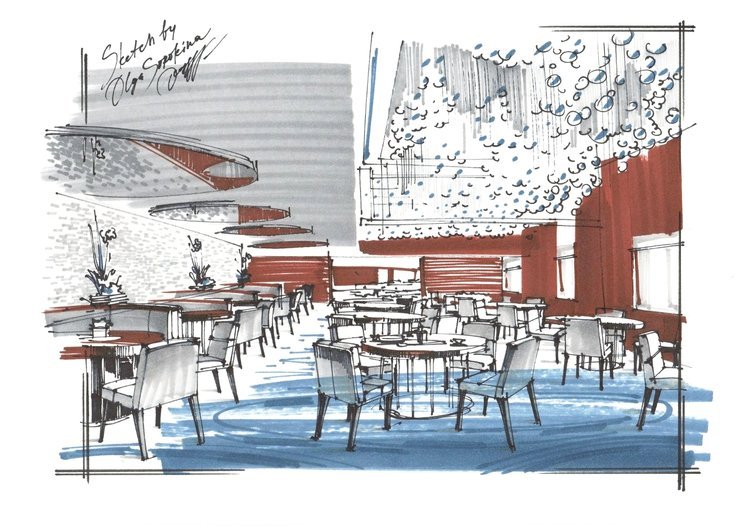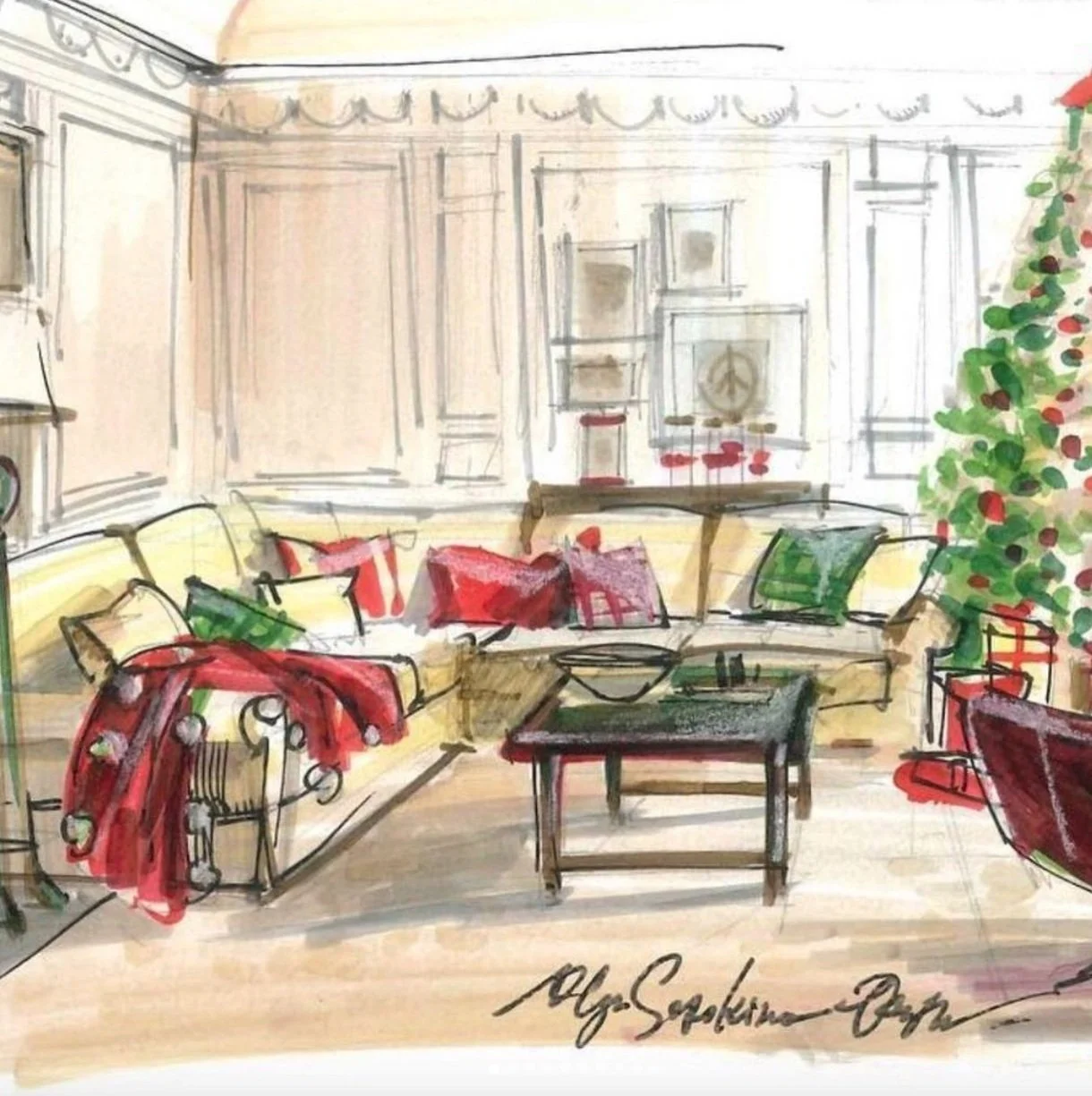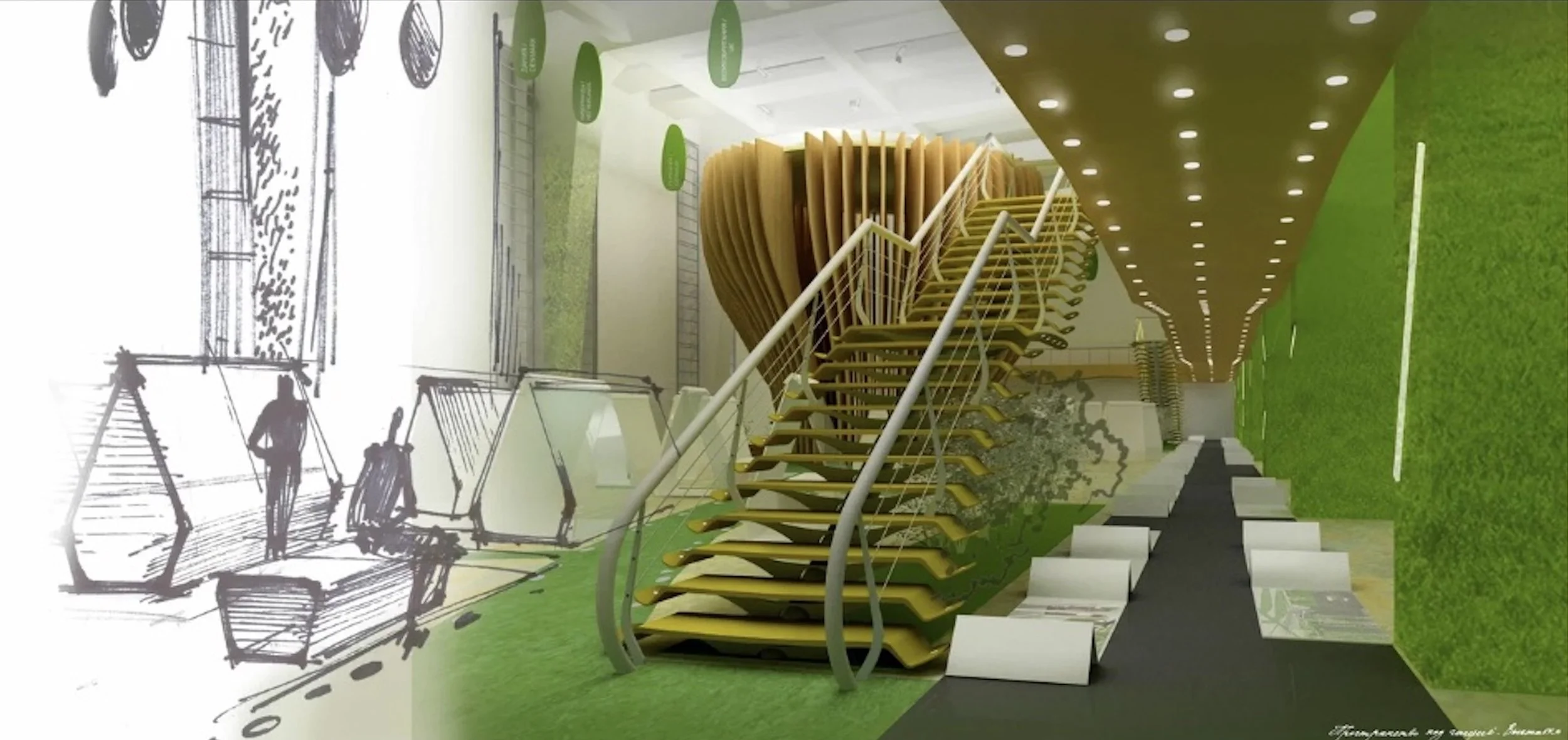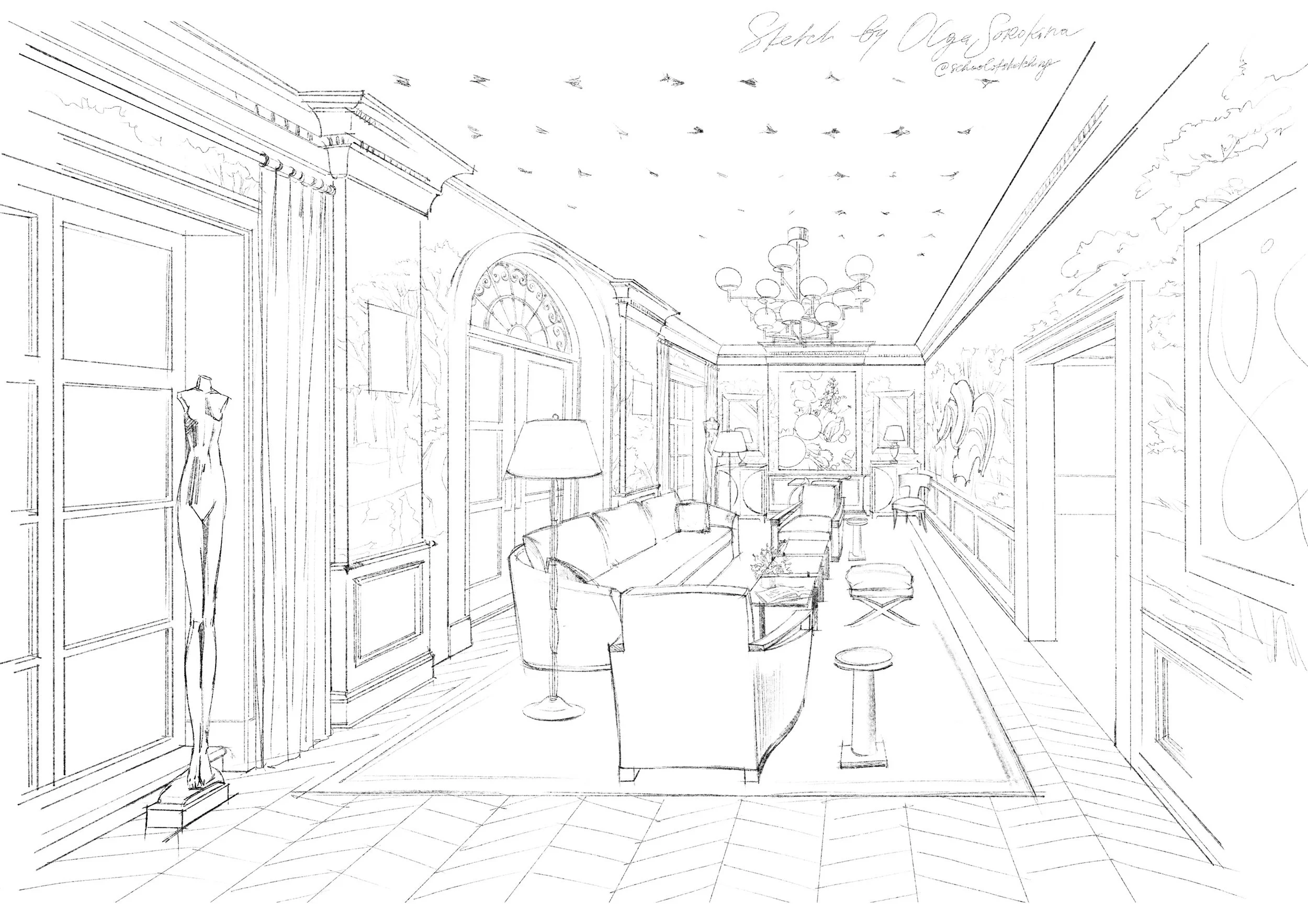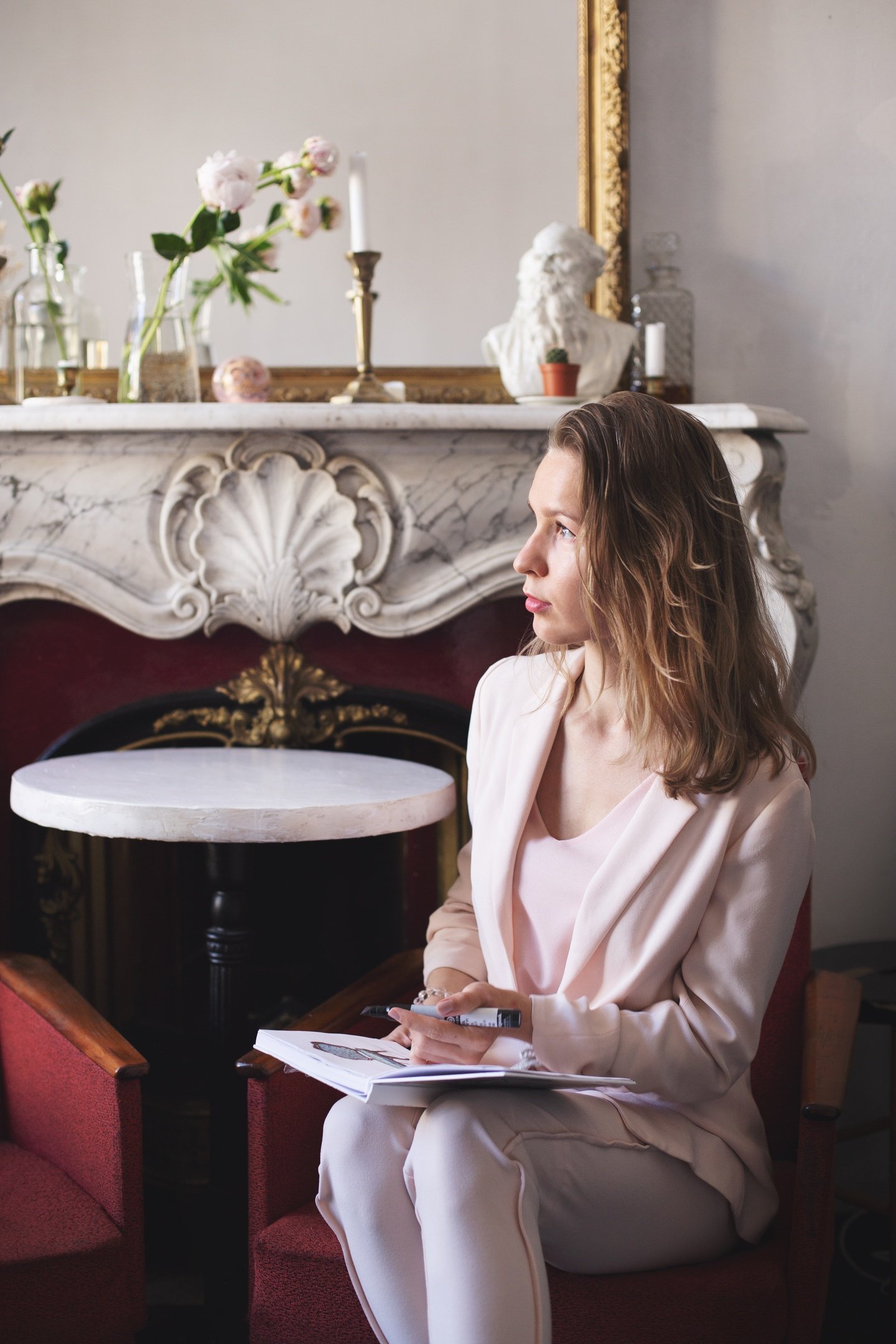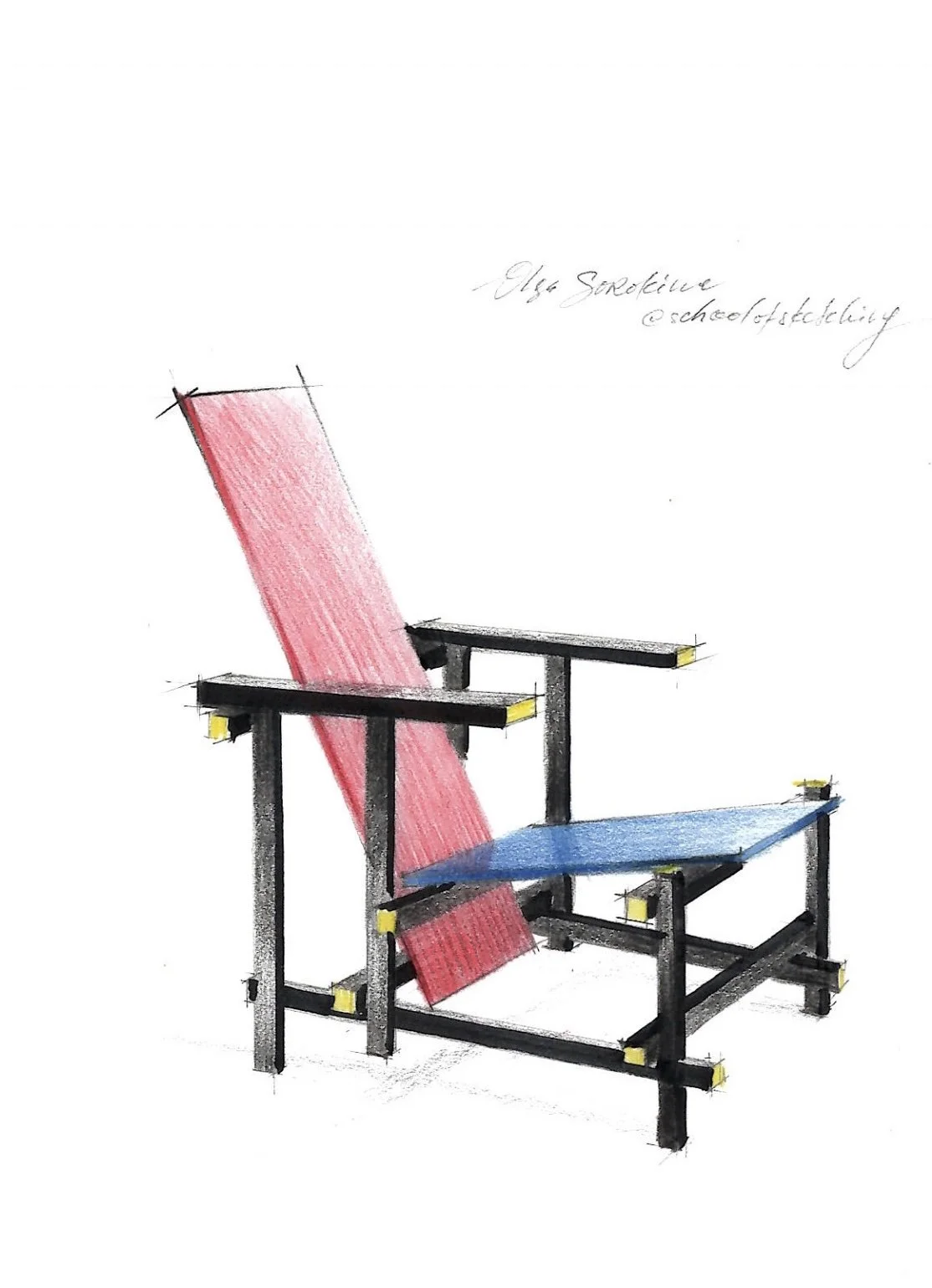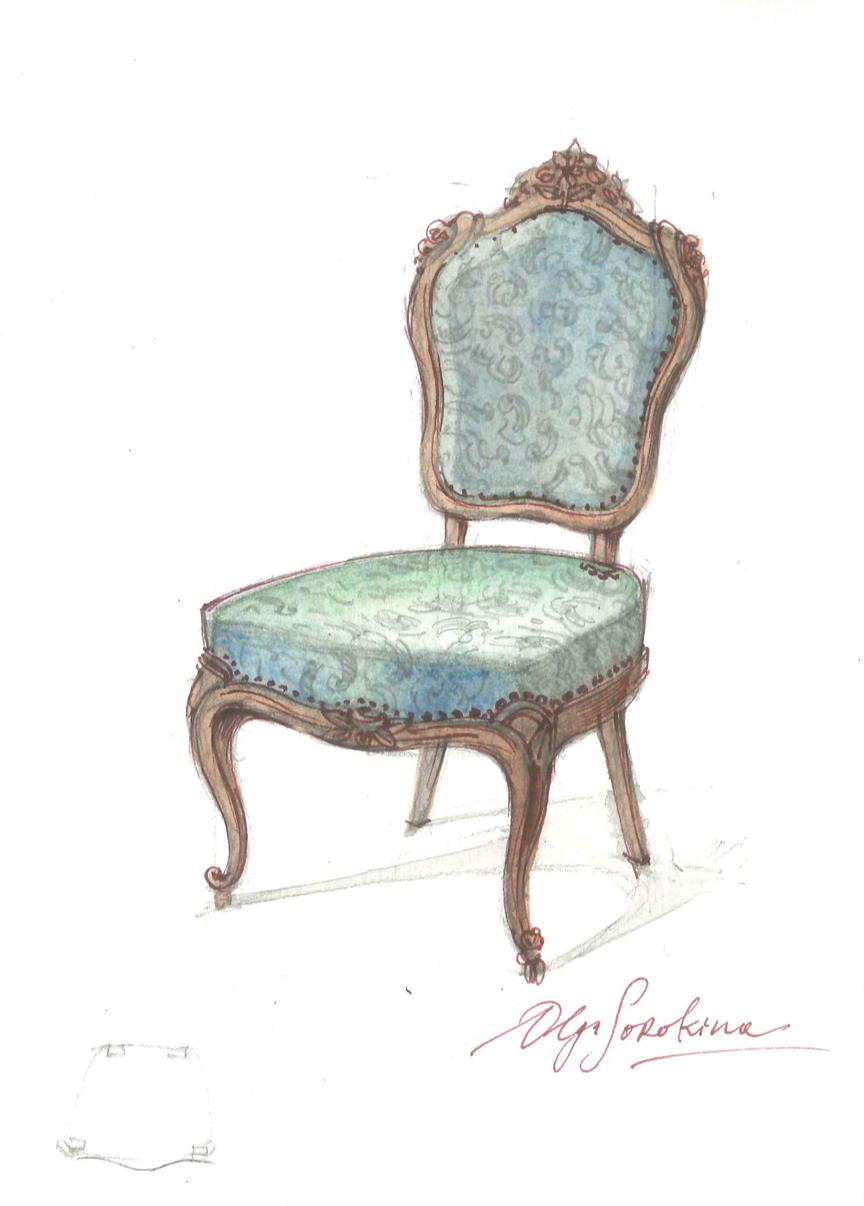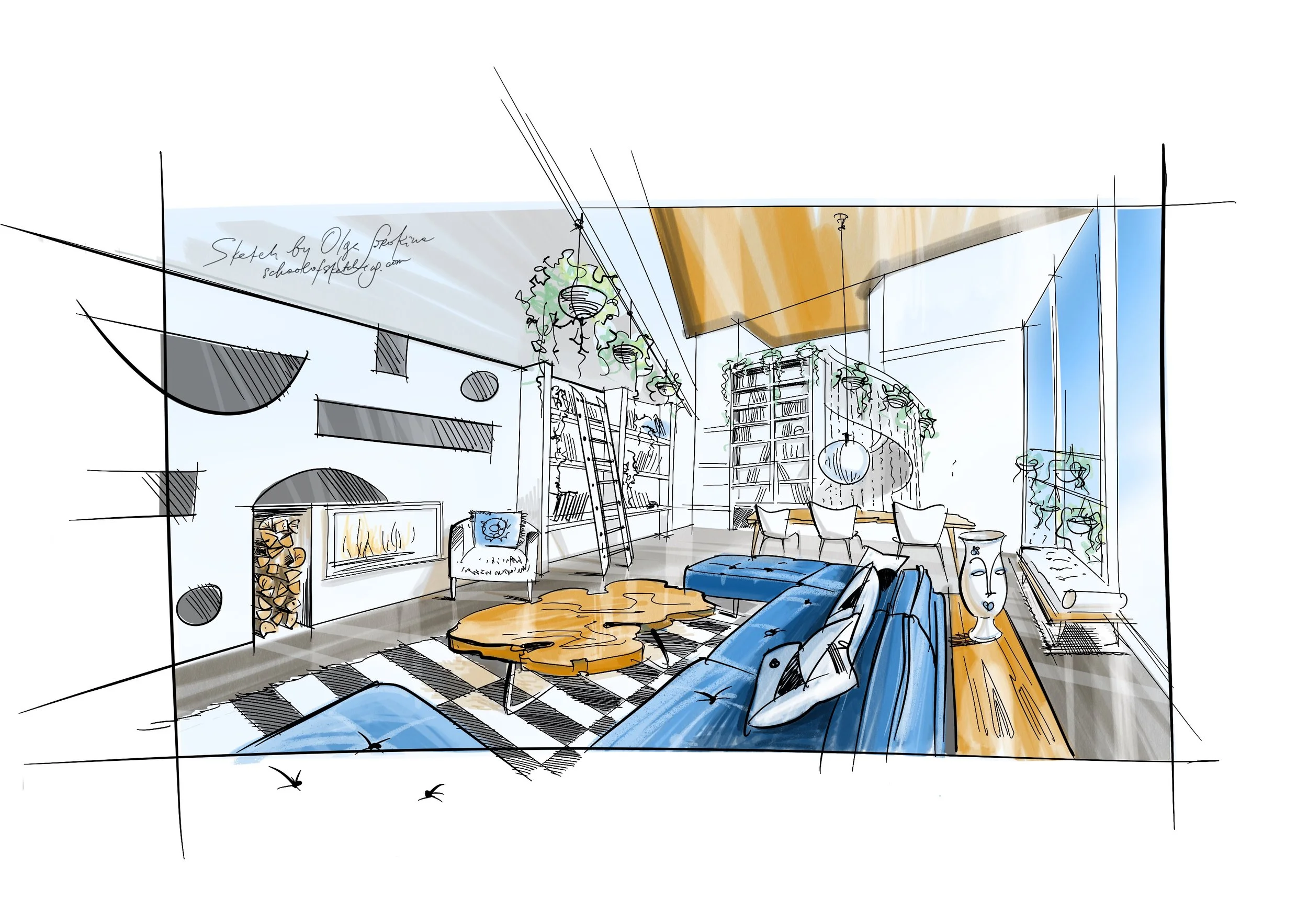In this article, we delve into the captivating world of interior and furniture design in New Zealand and Australia, two countries known for their distinctive design aesthetics and innovative approaches to space styling. As an interior designer passionate about exploring design trends, I recently had the opportunity to attend Auckland Design Week, a vibrant celebration of creativity and innovation in design. Let’s dive deeper.
Auckland Design Week (March 10th-16th, 2024) was a real celebration of design: colourful, intense and incredibly exciting!
The event lasted a whole week, I managed to attend only 2 days, but I learnt and saw so much. These days were filled with masterclasses, lectures, performances, communication with designers. Auckland Design Week (ADW) reminded me of Isaloni in Milan or MaisonObjet in Paris. It was the first time the design festival was held in Auckland, and I managed to get to the premiere.
So what is it like, interior design in New Zealand?
I identified four main characteristics:
-Sustainable
-Focus on creating viable products
-Use of recycled materials
-Timeless
In New Zealand, people are as environmentally conscious as possible. The use of recycled materials is a trend of the last 20 years in interior design all over the world, but it seems that New Zealanders follow it particularly scrupulously.
In terms of the design itself, I concluded that local designers prioritise quality over the external component. Interiors, furniture - minimalistic, but this direction is just dictated by the three main characteristics I wrote about above.
Terracotta colours, stripes and graphics are trending in New Zealand design right now, so take note.
By the way, the organisers made a very attractive graphic design of invitations, I was impressed.
Brands, performances, and masterclasses
ADW showcased a variety of interior showrooms and brands. Each of them tried their best to present themselves as flamboyantly as possible, but the one I remember most was the live installation at Fisher & Paykel:
Maori models were invited to portray a married couple. They showed their everyday life: cooking, talking on the phone, loading laundry, eating dinner, dancing... all accompanied by live music (violin), amazing!
In the same salon, there was a master class on making Italian focaccia, the chef showed us different stages of the process, and at the end he brought out already ready hot bread
This magical aroma of bread filled the space and there was a feeling of cosiness, of home. It was wonderful!
At ADW were represented not only New Zealand brands but also European: Italian, Danish, and French. I was able to chat with local designers, including furniture designers. It is quite a common practice here to study to become a fashion designer and later realise yourself as a furniture or interior designer.
Another distinctive feature of ADW is a lot of delicious food! They did their best in every salon: they offered fruit, cakes and snacks, the freshest croissants -- yum! For example, at Isaloni in Milan and MaisonObjet in Paris, this was not the case, where you had to go to a café on the exhibition grounds or to the nearest restaurants to have a bite to eat.


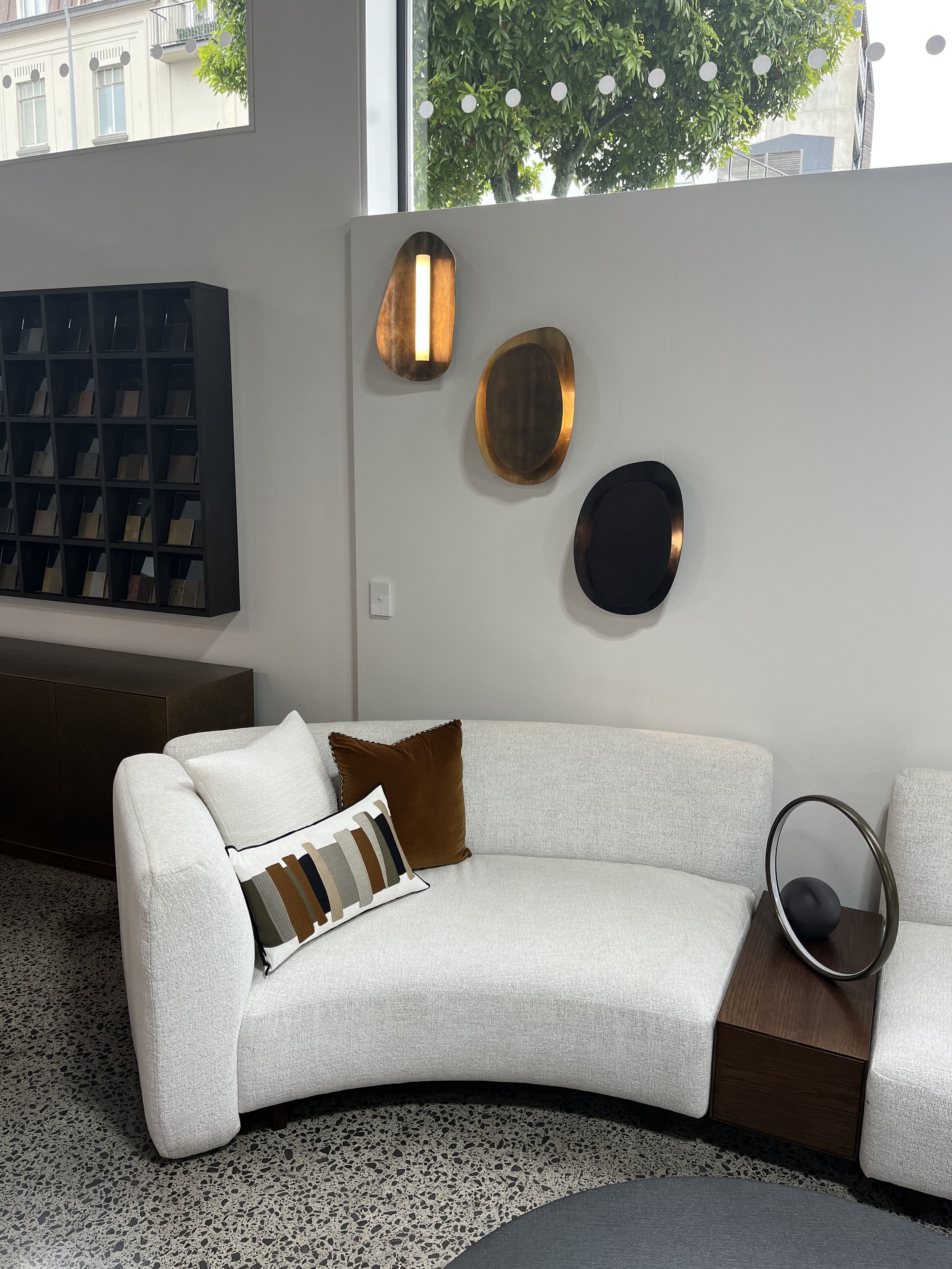



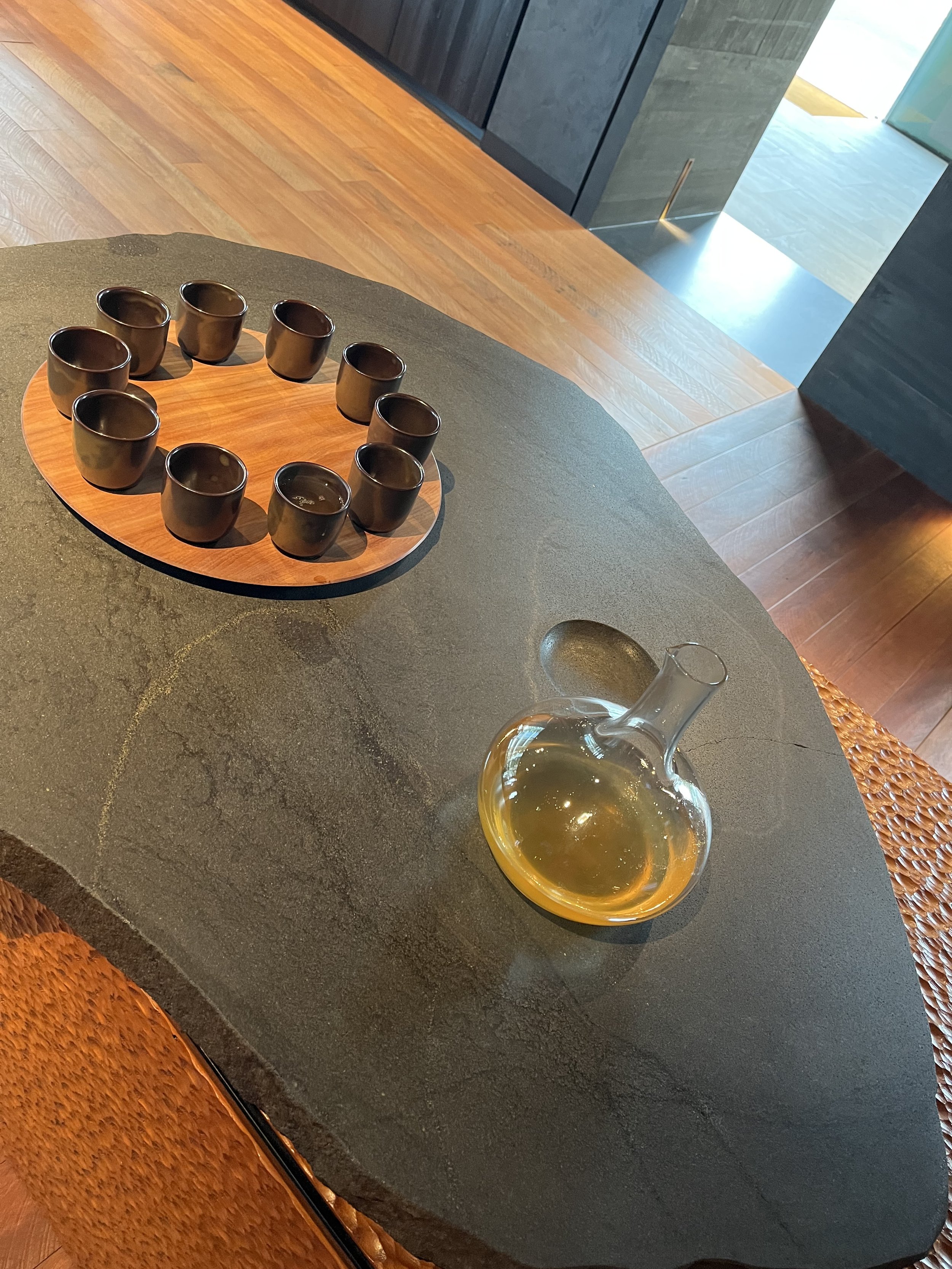

Interior and Furniture Design Trends in New Zealand and Australia
Interior design and furniture trends vary across the globe, reflecting cultural nuances, environmental influences, and evolving design philosophies. My experiences and insights from ADW have provided valuable perspectives on the evolving design landscape in New Zealand and Australia, which I'm excited to share with you.
Embracing Nature-Inspired Designs:
Both New Zealand and Australia boast breathtaking natural landscapes, from lush forests to rugged coastlines. Unsurprisingly, this connection to nature often translates into interior design choices. Kiwi and Aussie homeowners and designers gravitate towards natural materials such as wood, stone, and rattan, infusing spaces with warmth and authenticity. Timber furniture, in particular, is a staple in many homes, adding a touch of rustic charm and organic beauty.
Minimalism Meets Functionality:
The minimalist design ethos, characterized by clean lines, uncluttered spaces, and a focus on functionality, has gained widespread popularity in both countries. New Zealand and Australia's design scene often celebrates simplicity and efficiency, favoring furniture pieces that are both aesthetically pleasing and practical. Scandinavian-inspired designs, with their emphasis on simplicity and functionality, are especially prevalent, reflecting a desire for understated elegance and timeless appeal.
Sustainable and Ethical Practices:
In recent years, there has been a growing awareness of the environmental impact of consumerism, leading to a surge in demand for sustainable and ethically sourced furniture and decor items. Designers in New Zealand and Australia are increasingly incorporating eco-friendly materials, such as reclaimed wood and recycled textiles, into their creations. Moreover, there is a growing emphasis on supporting local artisans and craftsmen, fostering a sense of community, and promoting ethical consumption practices.
Fusion of Cultures and Styles:
Both New Zealand and Australia are multicultural societies, influenced by a diverse range of cultures and design traditions. This melting pot of influences is reflected in the eclectic and vibrant interior design landscape, where elements from different cultures seamlessly blend together to create unique and eclectic spaces. From Indigenous art and Maori motifs to Asian-inspired decor accents, there is a celebration of diversity and inclusivity in the design ethos of these countries.
Embracing Technology and Innovation:
Innovation is at the heart of design in New Zealand and Australia, with designers constantly pushing boundaries and exploring new possibilities. Technology plays a significant role in shaping the way spaces are designed and furnished, with smart home solutions, 3D printing, and virtual reality transforming the design process. Moreover, there is a growing interest in sustainable design practices, with designers harnessing cutting-edge technologies to create eco-friendly and energy-efficient spaces.
Wrapping up
The interior and furniture design scene in Aotearoa and Australia is a dynamic and ever-evolving landscape, shaped by cultural influences, environmental considerations, and a spirit of innovation. From nature-inspired designs to minimalist aesthetics and sustainable practices, there is a rich tapestry of styles and trends to explore.
My insights from ADW 2024 have provided a firsthand glimpse into the creativity and innovation driving the design ethos of these countries, and I'm excited to see how these trends continue to evolve in the future.
Interior Design Drawing
By the way, hand-drawn projects are very much appreciated in New Zealand and Australia: you can often see hand-drawn sketches in magazines and interior and furniture catalogues. If you want to master interior sketching from scratch — welcome to my online course "BASE".
P.S. Please share this article with anyone who may find it useful. Thank you!
© Olga Sorokina

